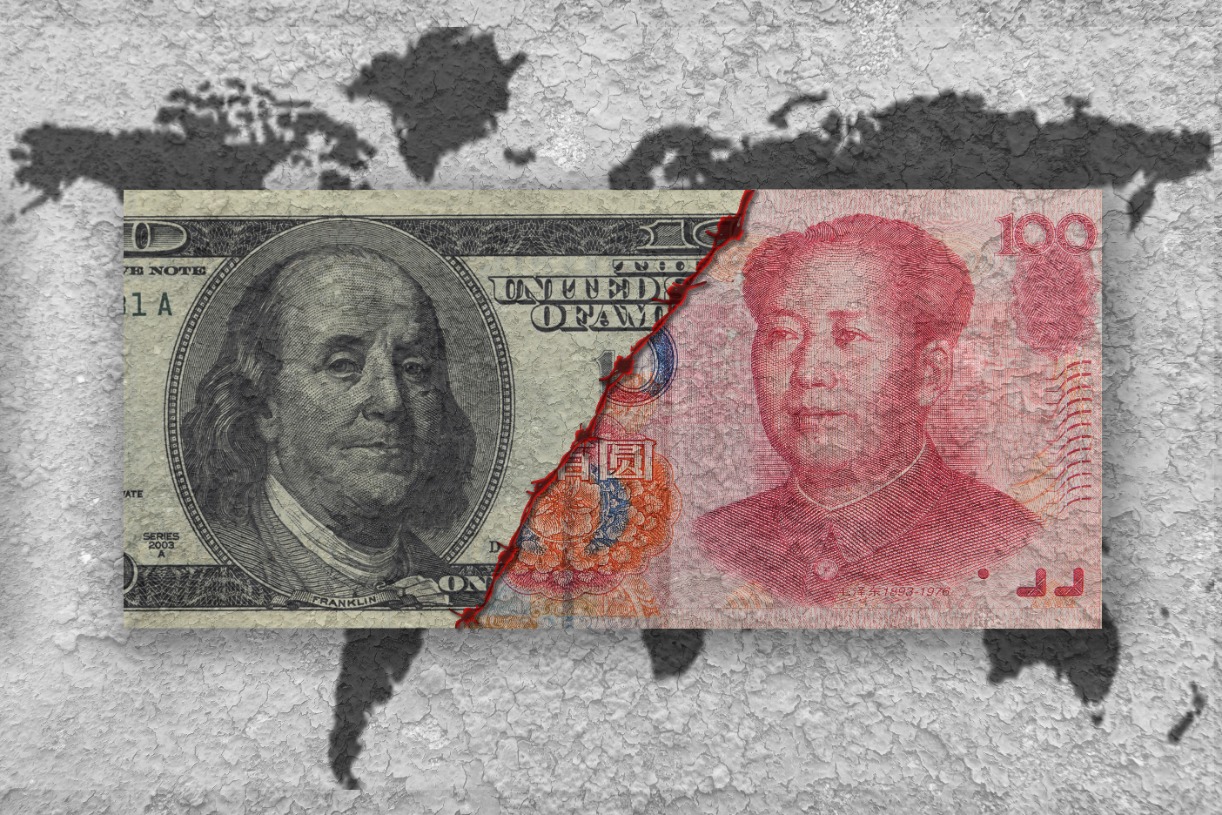Why Trying to 'Defeat' the Chinese Communist Party Could Backfire
Aiming to defeat the Chinese Communist Party, such a strategy could backfire, strengthening the CCP and increasing conflict risks. The preferred strategy is maintaining U.S. dominance through enhanced focus on the Indo-Pacific, innovation, and alliances, while remaining open to engagement with China.
The United States must do more than seek to deter China and prevent it from becoming the dominant power, however. It should also focus on improving its competitive position vis-à-vis China to ensure that it maintains or regains the initiative, notably in key areas, such as cutting-edge technologies, the bedrock of power and influence in the twenty-first century. In other words, the United States should make every effort to build, or rebuild, its national strength, not just weaken China’s. To do so, the United States needs a whole-of-government, even whole-of-society, approach that yields the creative use of public resources not only to stimulate and support innovation, but also to adopt and disseminate the fruits of that creativity. Significantly, economic policy must be attuned to the needs of labor and capital, to avoid the disparities and inequalities that can shatter the political consensus that is the foundation of effective action.
Close consultation and cooperation with regional allies, notably Japan, Australia, South Korea, and the Philippines, is another essential component because they are key assets – force multipliers – to help address the China challenge. In recent years, a considerable amount of work has been done to strengthen and adapt US regional alliances. More is needed, however, and the United States must also further expand security ties in the region, thickening relations among what have traditionally been “spokes” in its alliance system. The trilateral mechanisms that have either emerged – the US-Japan-Philippines or Australia-UK-US, known as AUKUS – or been strengthened – the US-Japan-South Korea or US-Japan-Australia – in recent years are an important part of this process, and Washington should work with Australia and Japan to find other “third” parties to develop new security triangles. India, Singapore, and Vietnam are three possible candidates, although each, for different reasons, will be wary of appearing too close to the United States in this endeavor. Thinking creatively about ways to further empower the Quadrilateral Security Dialogue, which includes Australia, India, Japan, and the United States, should also be on the table.
To build a larger coalition that invests – diplomatically, economically, and militarily – in a global order that can counter Chinese claims that its preferred order is more beneficial, notably to the nations that remain agnostic about the burgeoning US-China competition, the United States must do more on the trade front. Ideally, this would include increased access to the US market, as was promised in the Trans-Pacific Partnership, now the Comprehensive and Progressive Agreement on Trans-Pacific Partnership. It has become politically radioactive, however, which is problematic because a key element of China’s attractiveness and the expansion of its international influence is a product of its trade, aid, or investments. The United States is and will thus be hard pressed to match Beijing’s largesse dollar for dollar (even despite Chinese economic difficulties), so it must be able to offer economic benefits to compete effectively with China in this area. Sadly, the trade pillar of the Indo-Pacific Economic Prosperity Framework remains unfulfilled. This gap must be filled. The United States must be seen as a source of prosperity not merely an economic scold. “Just say no to China” is not an international trade strategy.
Critical to all these efforts is communication – to the US public, to the governments and citizens of allies and partners, and to the rest of the world. It is vital that the United States explain the stakes in the competition with China, that success in areas that will determine global leadership and thus the contours of the future world order. In addition to its efforts to better the situation and standing of its friends, China has produced a narrative that argues its preferred vision is superior to that which currently exists. It is explicit about rolling back US power in its efforts to do so. The United States and its partners must counter that claim. It has not yet done so in sufficiently aggressive terms, reasoning that the superiority of our position is self-evident. That is a dangerous mistake.

Finally, it is imperative that in advancing this agenda, the United States remain open to engagement with China, and it should encourage other countries to do the same, offering Beijing the opportunity to play a larger role in regional and global affairs while conditioning that participation on adherence to existing rules, norms, and principles. Some will argue that this is the essence of American arrogance, but it is on the contrary the behavior of a responsible stakeholder within the existing global order. In other words, the United States and its partners must strive to engage China – even if it means dialogue for dialogue’s sake, albeit talking alone cannot come at the expense of action to protect their interests. Even an empty conversation can have value in that it protects against the charge that the United States is unwilling to talk and hence is “the bad guy.”
Back to reality (and realism)
Much of the US foreign policy psyche is anchored in the belief that the United States has a special role to play in the world and that it is able – and should be prepared and willing – to transform others for the better. This isn’t surprising: this mindset, which has its origins in Wilsonian idealism, has enjoyed major successes. After helping defeat Nazi Germany and Imperial Japan during the Second World War, the United States led their transformation into peaceful and prosperous nations and then went on to win the Cold War against the Soviet Union, which turned Russia into a much more benign country, at least for a couple of decades.
To be sure, US strategic blunders in Vietnam, Iraq, and Afghanistan are painful indications of the intrinsic problems associated with that approach. They have done little to convince Washington that it should shift gears, however. Deep down, the belief has persisted that the United States should and will eventually beat and transform its rivals, including China.
For all the talk about “accepting and dealing with China as it is,” powerful voices now argue that the United States must win the competition, and that such a victory requires that Washington pushes Beijing to change fundamentally. The irony is that many of the people making that case – such as Pottinger and Gallagher – pushed for ending the longstanding US policy intended to transform China through engagement. Today, they too advocate that the United States transform China – but through confrontation, not engagement. It is the same policy, albeit a different strategy.
The United States should let go of the dream of defeating and transforming China, a pursuit that would create more problems than solutions. Instead, it should accept the reality that China is and will remain a powerful competitor over the long term and focus on maintaining and, in some areas, regaining a comfortable lead over it. That task – preventing China from becoming the next hegemon – is hard enough, and the United States runs the risk of falling behind if it does not do more and act swiftly.
About the Authors
David Santoro is President and CEO of the Honolulu-based Pacific Forum. Follow him on X at @DavidSantoro1.
Brad Glosserman is Deputy Director of and Visiting Professor at the Center for Rule-Making Strategies at Tama University as well as Senior Adviser (nonresident) at Pacific Forum. Follow him on X at @BradGinTokyo.
All images are from the U.S. Military or Creative Commons.


